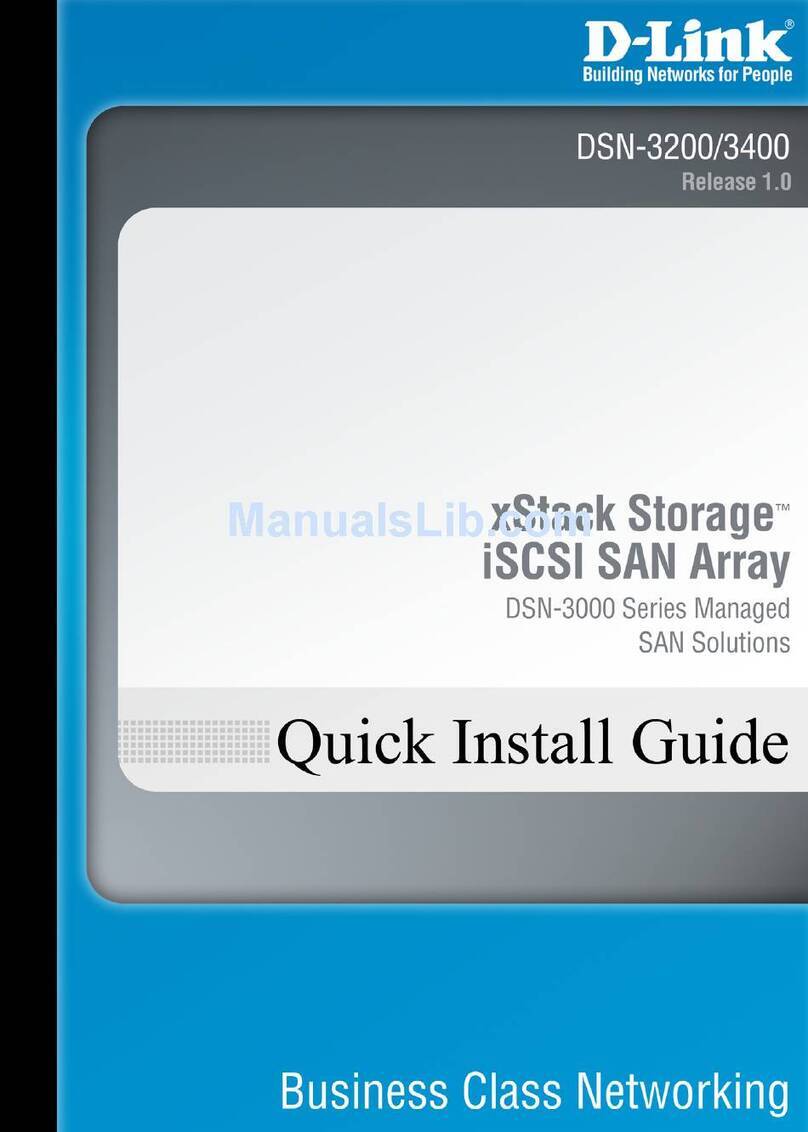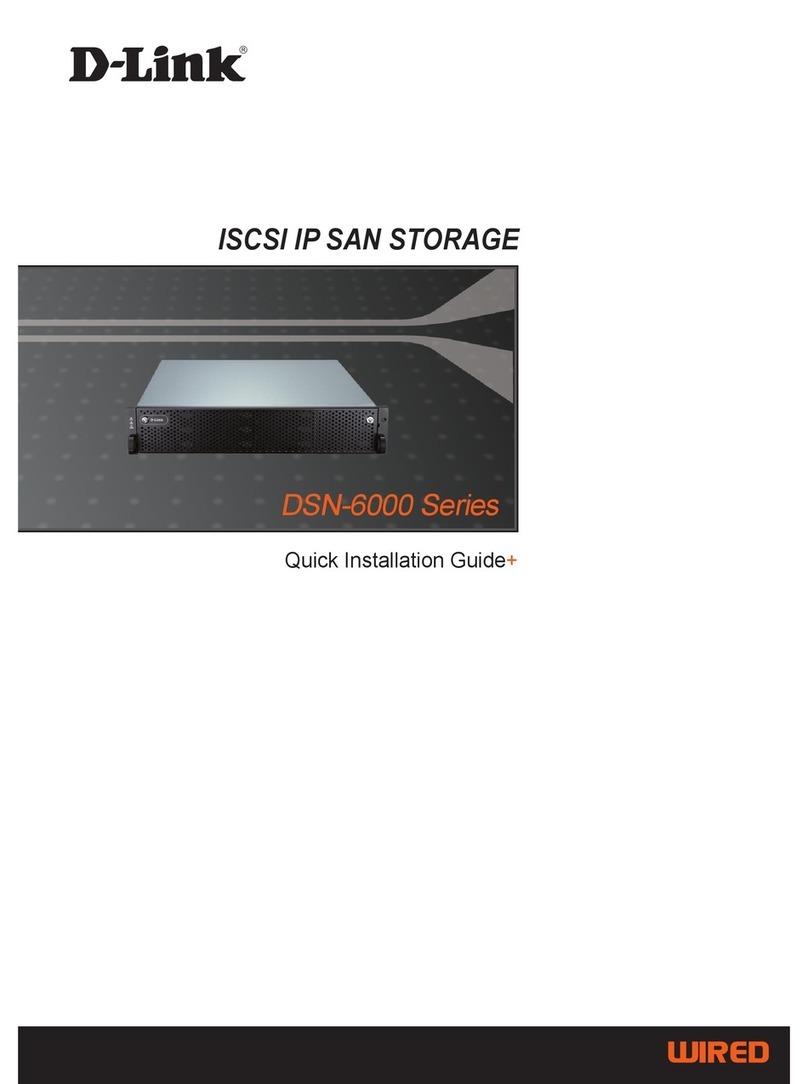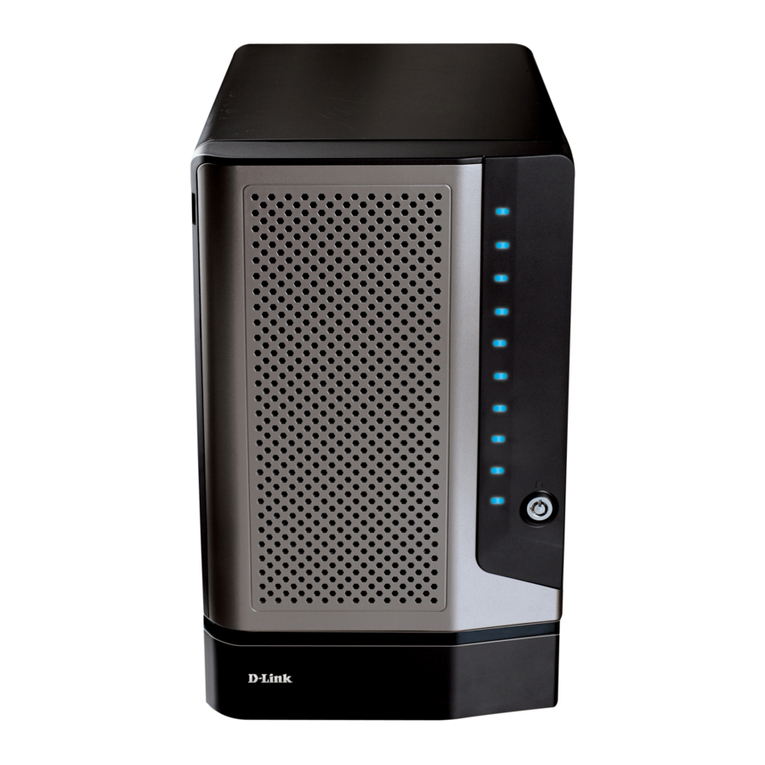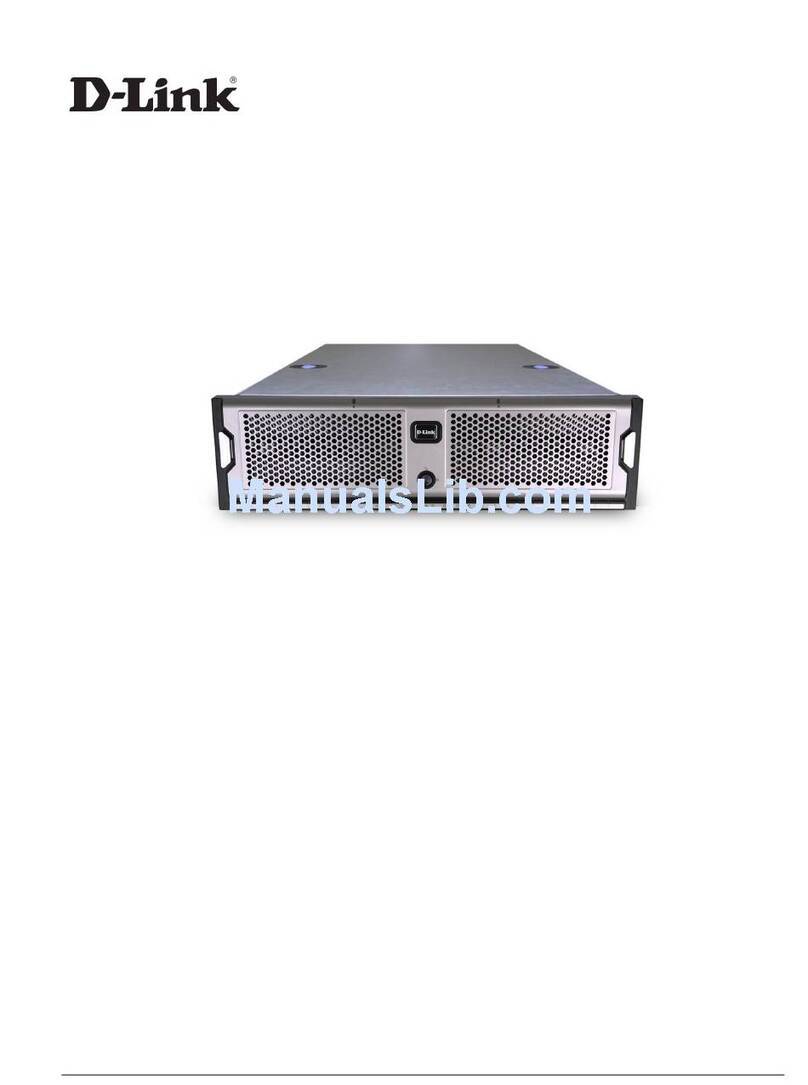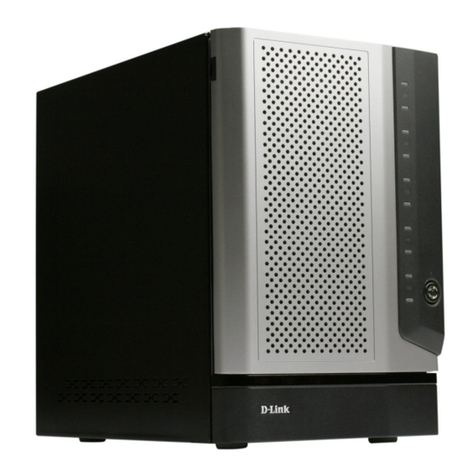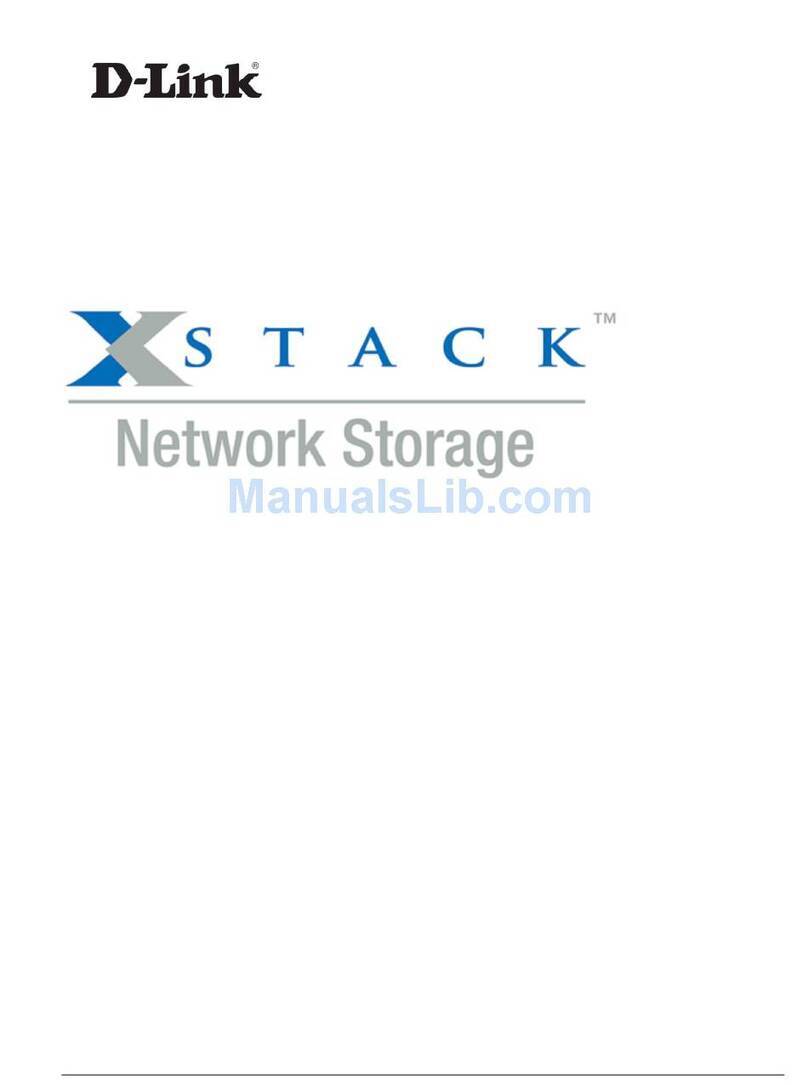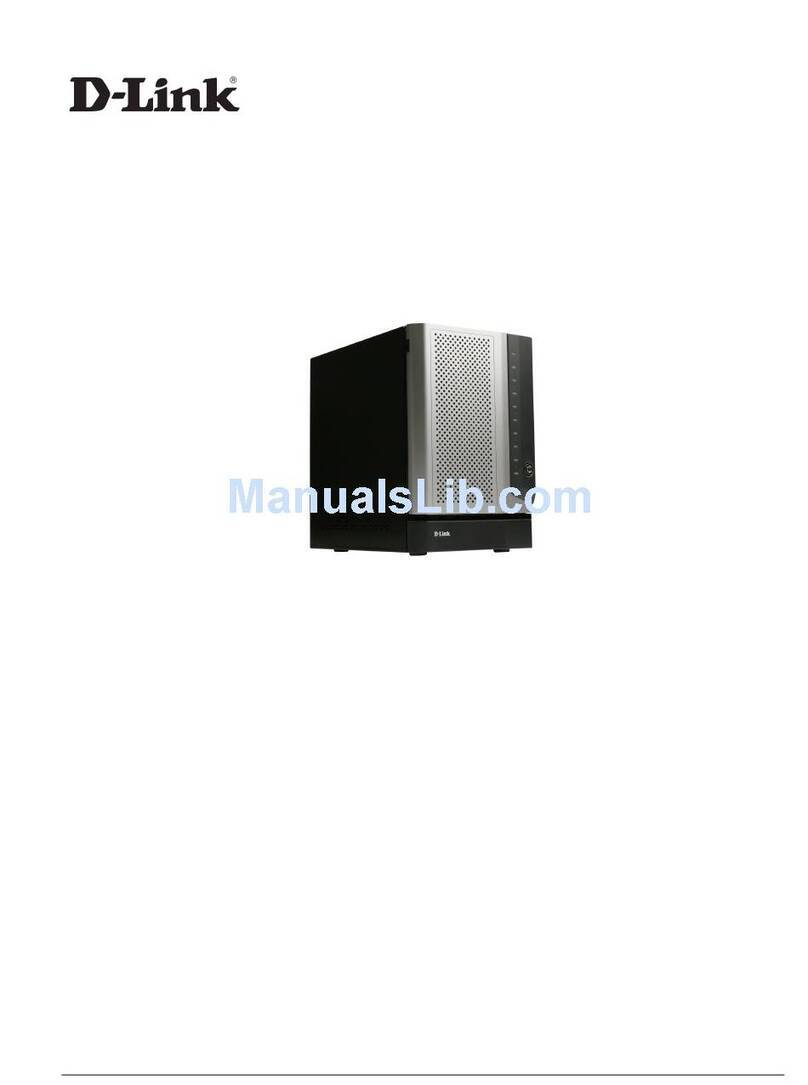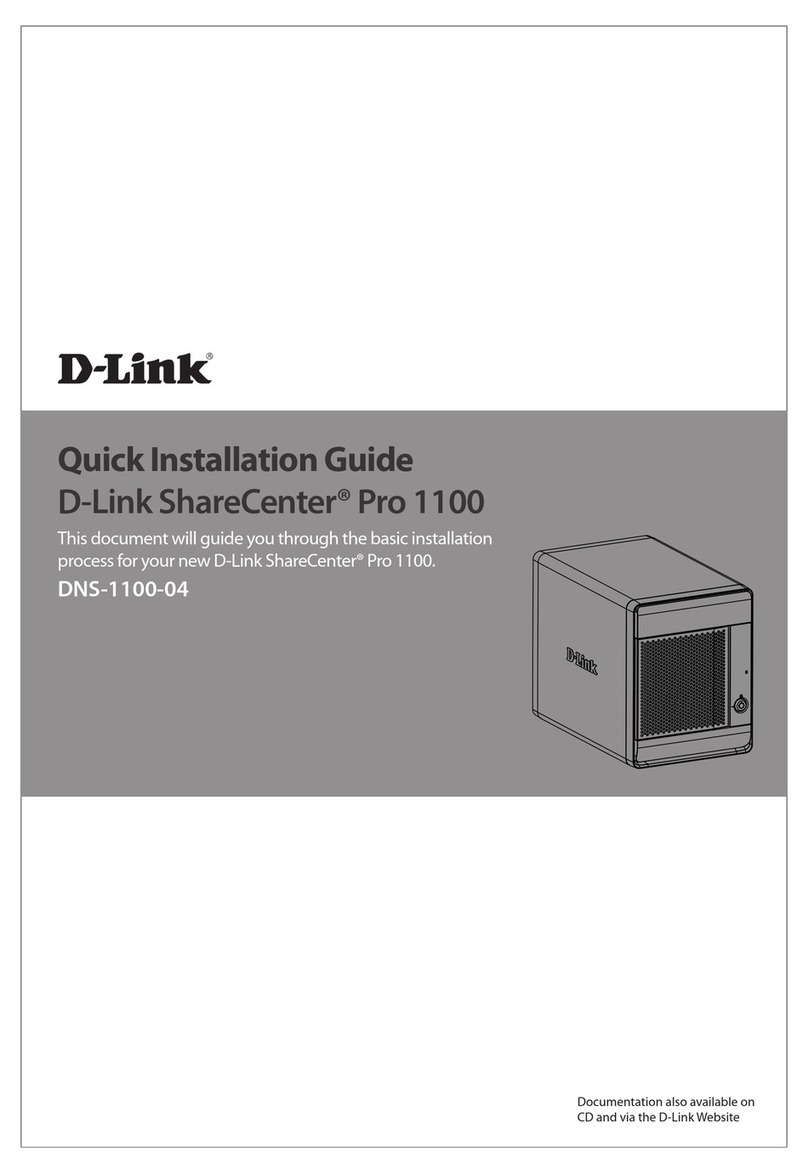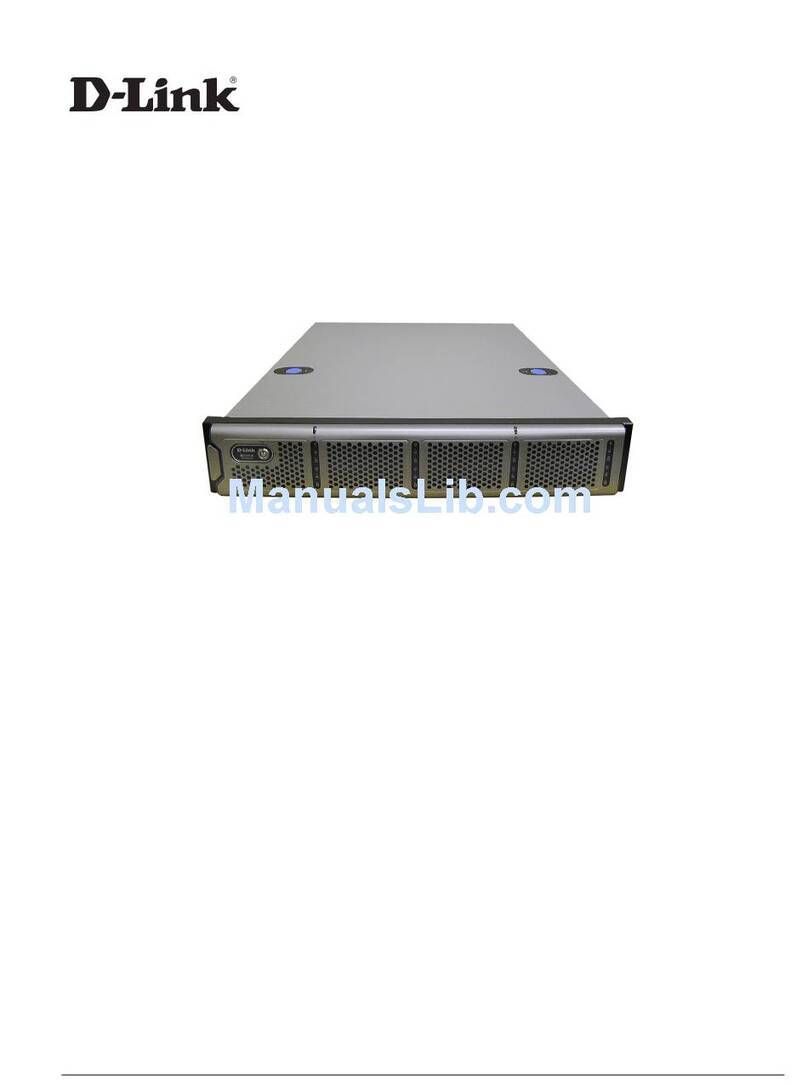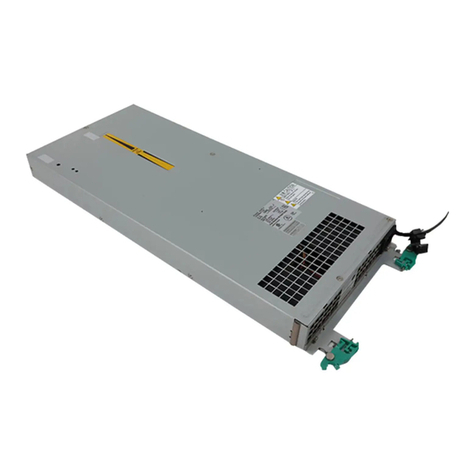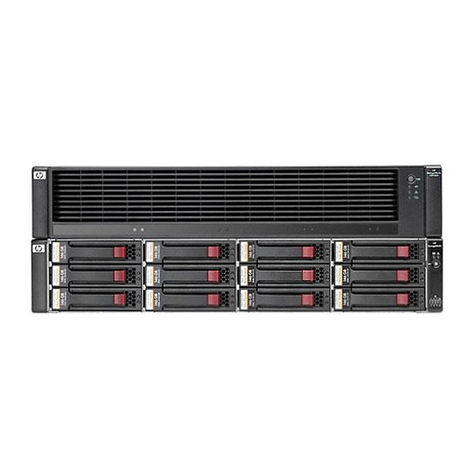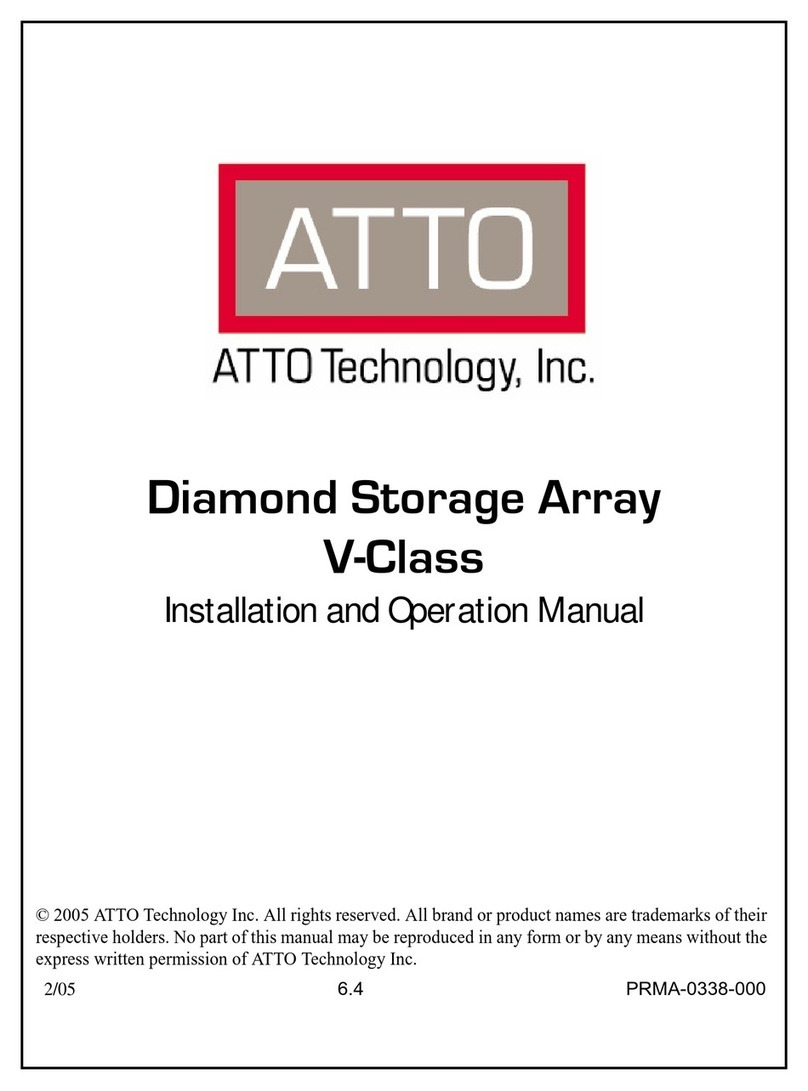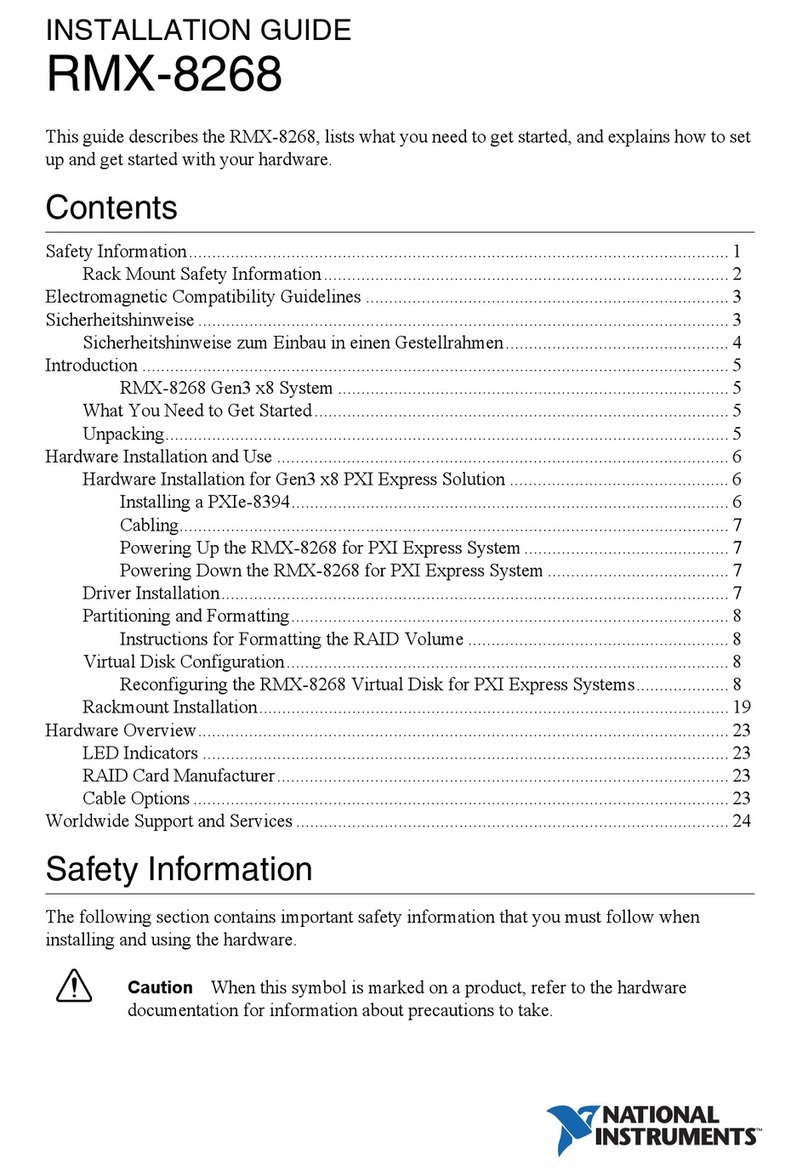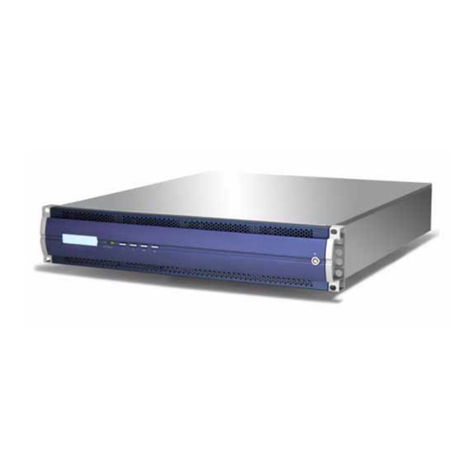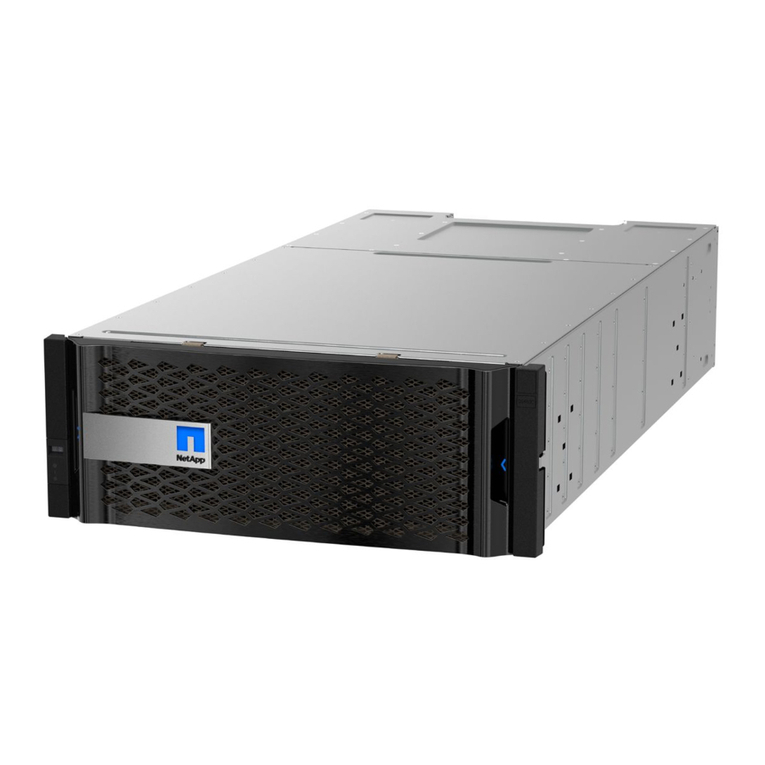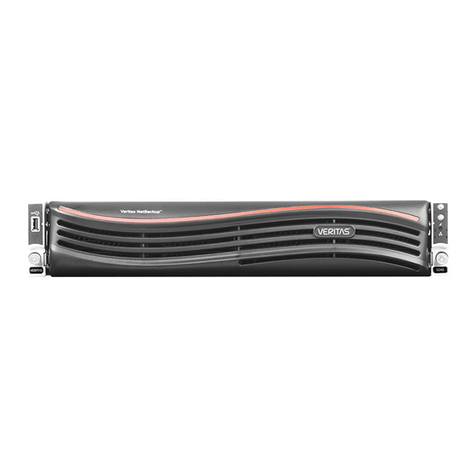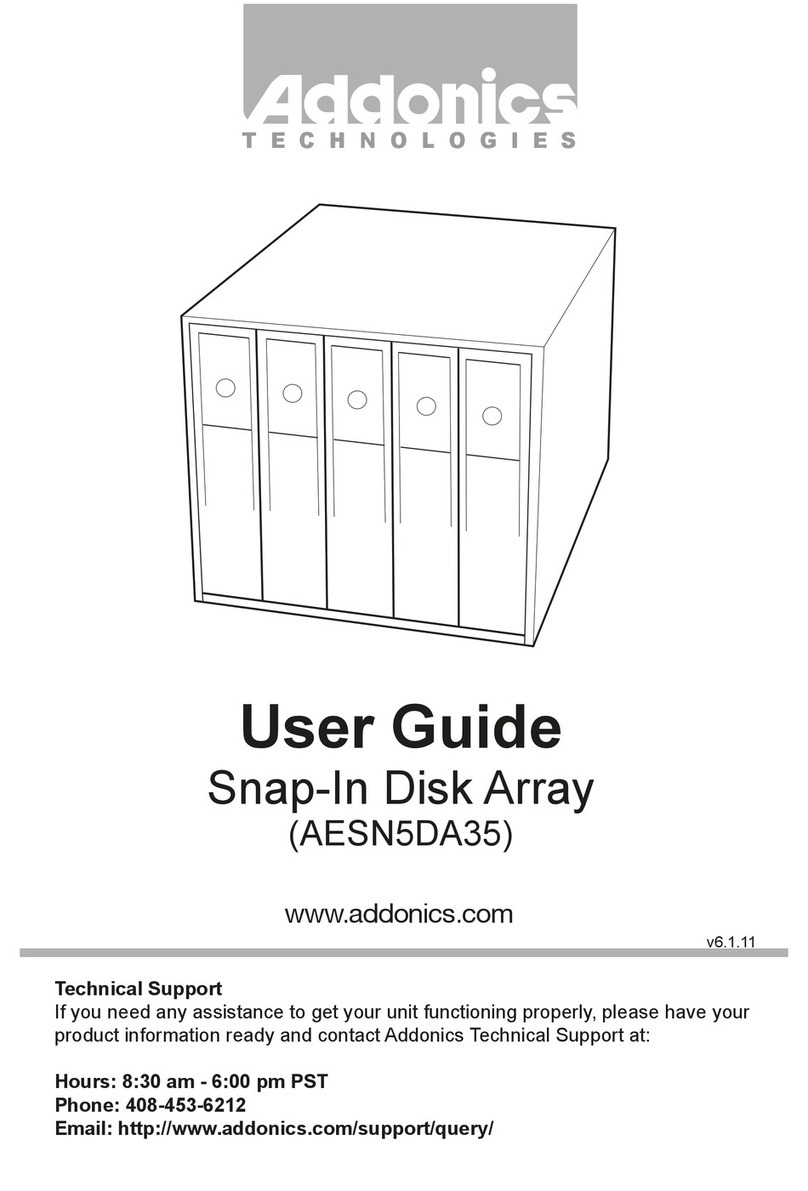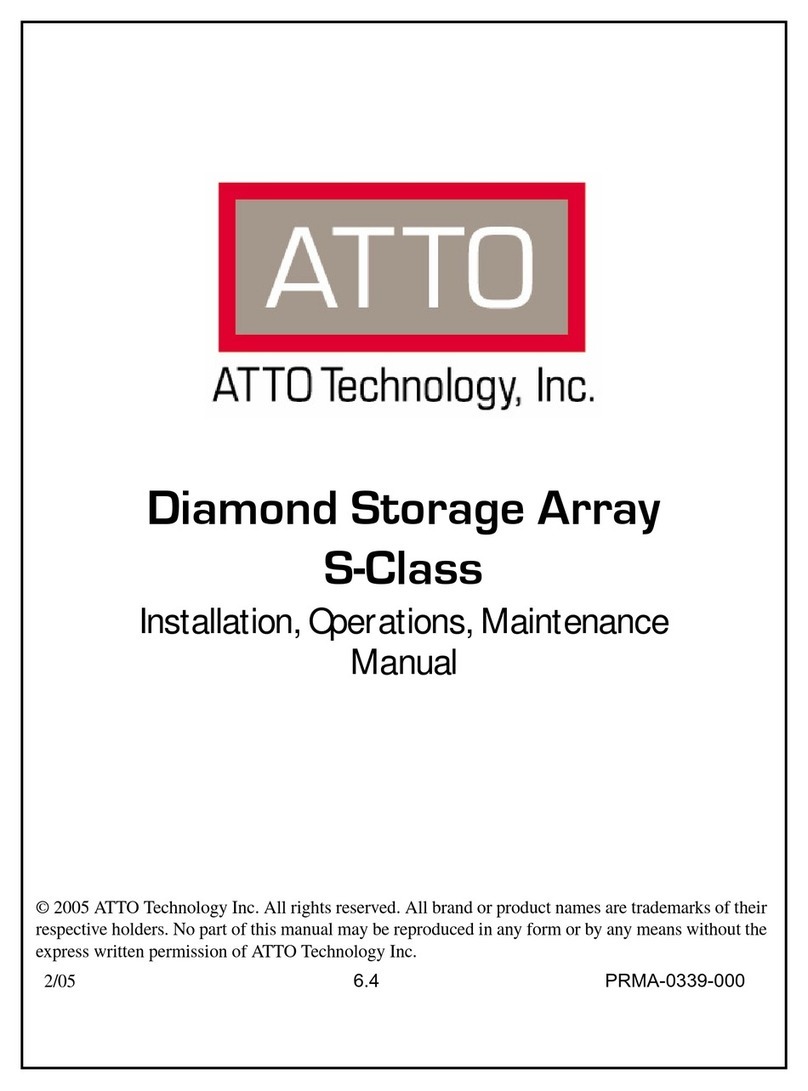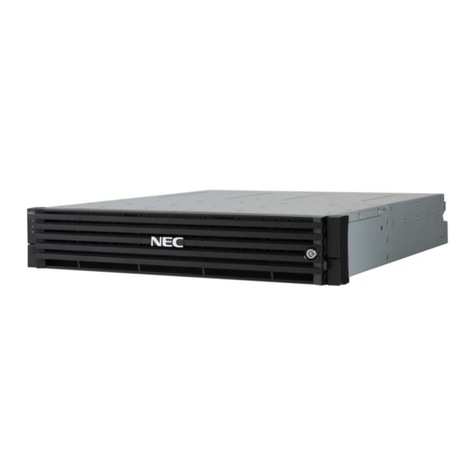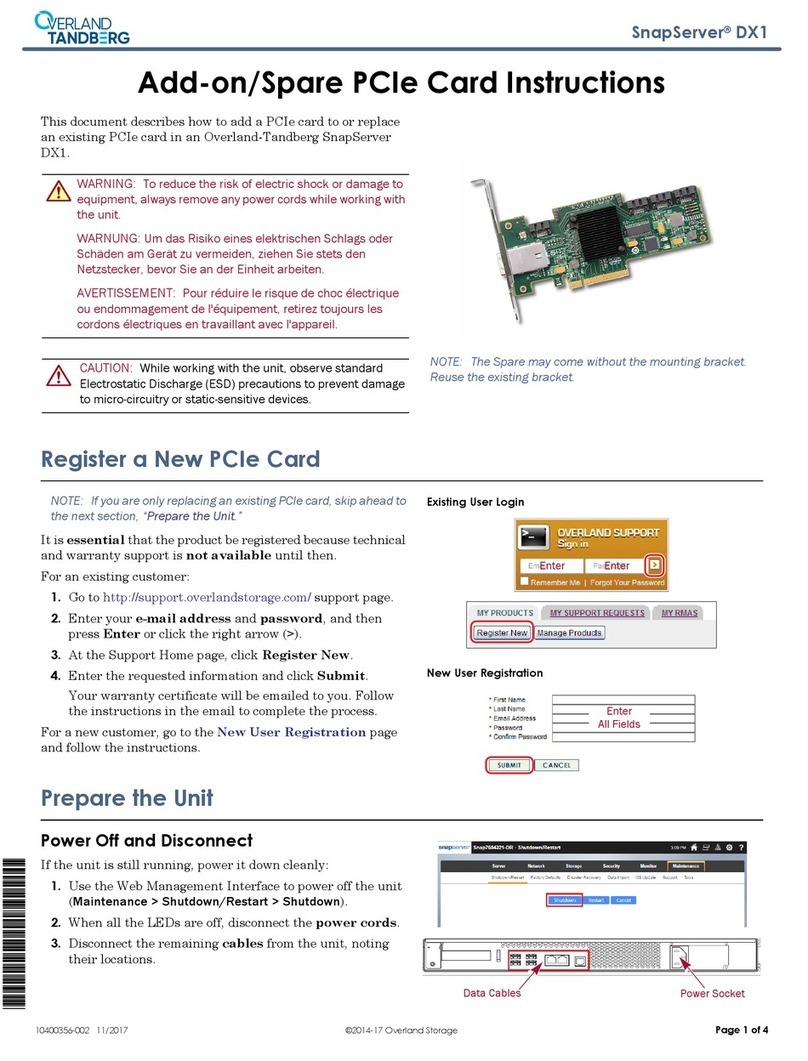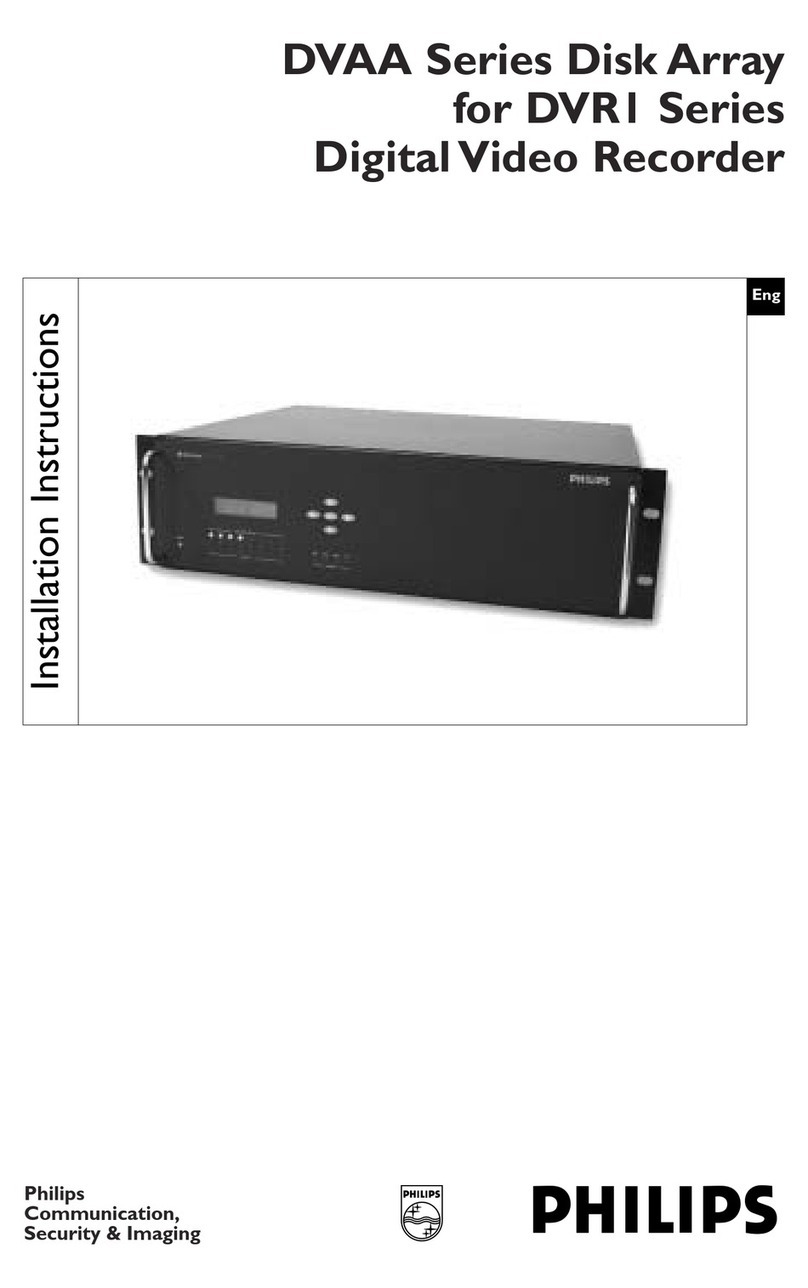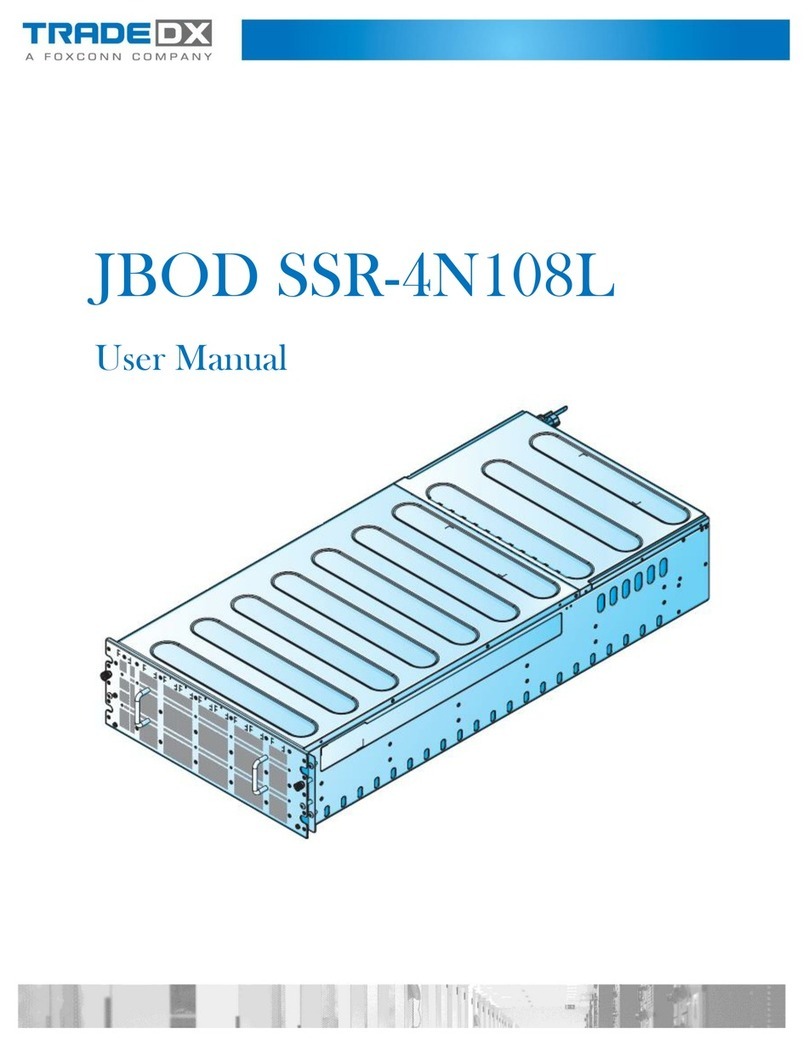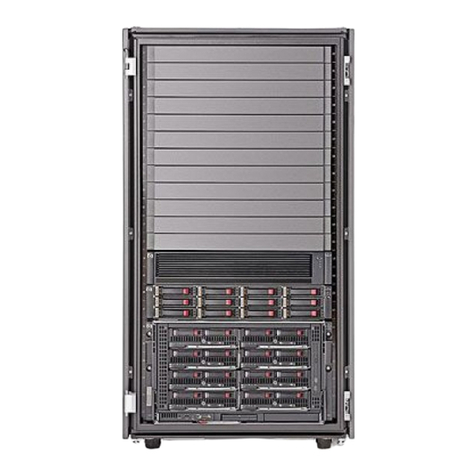
viii Contents
5.2.3
Main Display Area .......................................................................53
5.2.4
Footer 54
5.3
Managing User Accounts.........................................................................55
5.3.1
Setting Up User Accounts ..............................................................55
5.3.2
Deleting User Accounts.................................................................57
5.4
Managing the xStack Storage Array............................................................57
5.4.1
Working with Volumes..................................................................57
5.4.2
Adding iSCSI Initiators ..................................................................68
5.4.3
Working with LAGs and VLA s ........................................................69
5.4.4
Working with etwork Portals ........................................................75
5.4.5
Creating iSCSI Target odes...........................................................77
5.4.6
Logging on from the iSCSI Initiator Computer......................................83
5.4.7
Changing the iSCSI Port umber......................................................83
5.4.8
Setting the Default Task Priority .....................................................84
5.4.9
Adding, Viewing, and Deleting IP Route Tables....................................85
5.4.10
Modifying System TCP/IP Settings....................................................87
5.4.11
Setting the Spare Count................................................................88
5.4.12
Using the Down Drive Feature ........................................................89
5.4.13
Using the xStack Storage Array’s iS S Features ...................................90
5.4.14
Creating Scheduled Tasks..............................................................92
5.4.15
Setting the System Battery Policy....................................................94
5.4.16
Saving the Event Log....................................................................95
5.5
Changing Initial Configuration Settings .......................................................96
5.5.1
Changing the Out-of-Band Port Configuration .....................................96
5.5.2
Changing the System Date and Time ................................................97
5.5.3
Changing Email otification Setup ...................................................98
5.6
Managing xStack Storage Array Configurations..............................................99
5.6.1
Saving the xStack Storage Array Configuration ....................................99
5.6.2
Restoring the xStack Storage Array Configuration .............................. 100
5.6.3
Restoring Factory Defaults .......................................................... 101
5.7
Restarting the xStack Storage Array ........................................................ 101
5.8
Shutting Down the Management Console................................................... 102
5.9
Shutting Down the xStack Storage Array ................................................... 102
Chapter 6 Monitoring the xStack Storage 104
6.1
Viewing Enclosure Information............................................................... 105
6.2
Viewing Log Messages.......................................................................... 106
6.3
Viewing, Modifying, and Deleting xStack Storage Array Tasks ......................... 108
6.4
Viewing Server SMI Information .............................................................. 109
6.5
Viewing Firmware Image Information....................................................... 110
6.6
Viewing Storage Pool Information ........................................................... 111
6.7
Viewing Storage Pool Tasks ................................................................... 112
6.8
Viewing Volume Information ................................................................. 113
6.9
Viewing Volume Tasks ......................................................................... 114
6.10
Viewing Information about Drives in the Blade A Base Pool ............................ 115
6.10.1
Viewing Information About Physical Drives ....................................... 115
6.10.2
Viewing SMART Information for a Drive ........................................... 116
6.11
Viewing Target ode Information ........................................................... 118
6.12
Viewing Volume Access Information ........................................................ 119
6.13
Viewing Initiator Access Information........................................................ 120
